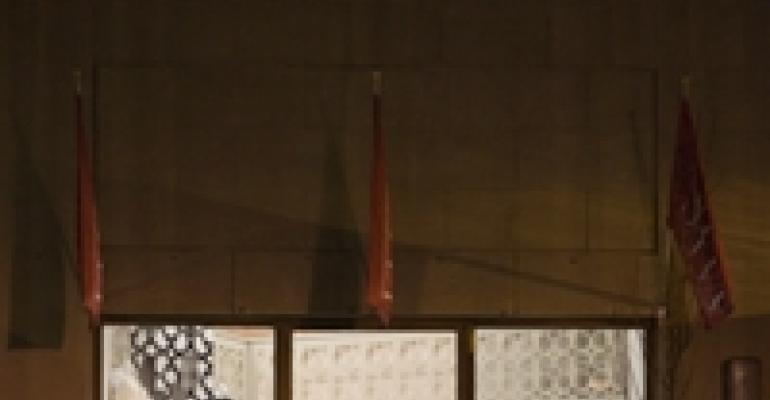_web1.jpg)
At a time when securing any kind of financing can be difficult, one entrepreneur in downtown Philadelphia cobbled together an innovative financing package combining city funds with private capital to enable a novel retail concept to get off the ground.
The concept, SA VA, is a boutique that offers affordable but stylish custom-made clothing. It opened last August and is the brainchild of Sarah Van Aken, CEO of SVA Holdings Corp., a private label apparel manufacturer and retailer. SA VA is a “slow fashion” concept. It features Van Aken’s own line of women’s ready-to-wear apparel, custom-designed jewelry and local and fair trade accessories.
In addition, the concept allows for shoppers to have a say in designing their own clothes. It will also feature an interactive Web site, where visitors can shop, participate in the design process and online fashion community. In addition, shoppers can leave photos or tear sheets of what they want their clothes to look like as a way of participating in the design process. But unlike most custom models, SA VA apparel is not on the high end of the price range. SA VA clothes sell at a price point that’s between Banana Republic and Anthropologie.
Van Aken is also aiming to build the brand through embracing social media. The efforts include a blog that follows the creation and development of Sa Va clothing as well as a dedicated Twitter account for fashion questions and updates. There is also a “Get Fashion Help Fast” blog for question-and-answer sessions with Sa Va designers, flat-screen TVs throughout the retail store showing garments in production in the design studio and garment center.
The idea is that SA VA takes essential elements of what Van Aken wanted in a brand—updated classic pieces that can be used in any women’s wardrobe—and expands that to a comprehensive approach that includes designing and producing the clothes in Philadelphia. In the process, the business launched a new fashion concept with a minimum carbon footprint and created 20 manufacturing jobs locally. The last part was key. Rather than outsourcing the manufacturing of clothes overseas, Van Aken hired a team of local seamstresses and tailors that now work in a loft above the store’s showroom.
That jibes with a broader social justice component to the business. In addition to creating local jobs and participating in fair trade practices for accessories that are not produced in-house, SA VA’s web site lists volunteer opportunities to help local women and children. And the business itself strives to be carbon neutral.
Previously, Van Aken had her designs assembled in a factory in Bangladesh. But having designs assembled overseas became problematic, especially with larger and more detail-oriented orders. “It was hard for my partner to keep up,” she says.
The business model of doing everything locally made Van Aken’s idea attractive to the Philadelphia Industrial Development Corp. (PIDC), a private, not-for-profit corporation created by the Greater Philadelphia Chamber of Commerce and the Commerce Department of the City of Philadelphia. The PIDC provided financing to the project in part because of the jobs it brought to the city.
“The deal with the city was serendipitous,” Van Aken says, “I had struggled with manufacturing and struggled to get the women’s store open.”
Van Aken worked closely with Karen Randall, the city’s director of business attraction, to secure public funds to supplement private backing she had for the concept. Van Aken’s original thought was to launch the line of clothing first, perhaps having them sewed in the garment district in Philadelphia’s Chinatown. But Randall suggested that Van Aken look for both retail and manufacturing space at once.
At the time, Van Aken owned an interest in a building adjacent to where she eventually opened the SA VA store. In a complicated deal, Van Aken formed a new corporation that purchased the adjacent building with the help of funding from the PIDC. The non-profit provided 45 percent of the funding, while a local lender, Valley Green Bank, provided another 45 percent. The last 10 percent was equity. The funds covered the cost of the building, equipment, fixtures and the build-out.
After purchasing the building, the newly formed corporation leased back the first two floors to another retailer and turned the top two floors—which bridged both buildings—into a manufacturing space. The SA VA store opened on the first floor of the building Van Aken already owned.
In the run-up to the opening, Van Aken took advantage of another city initiative by getting a grant from Philadelphia Workforce Development to run an eight-week training program for the workers she would eventually employ.
“They had done a lot of line sewing,” Van Aken says. “They had to learn some intricacies. They only knew how to do certain parts of clothes, but we had to train them to be able to do full garments.”
All told, about 80 percent of the products SA VA sells are made in Philadelphia.
—David Bodamer

